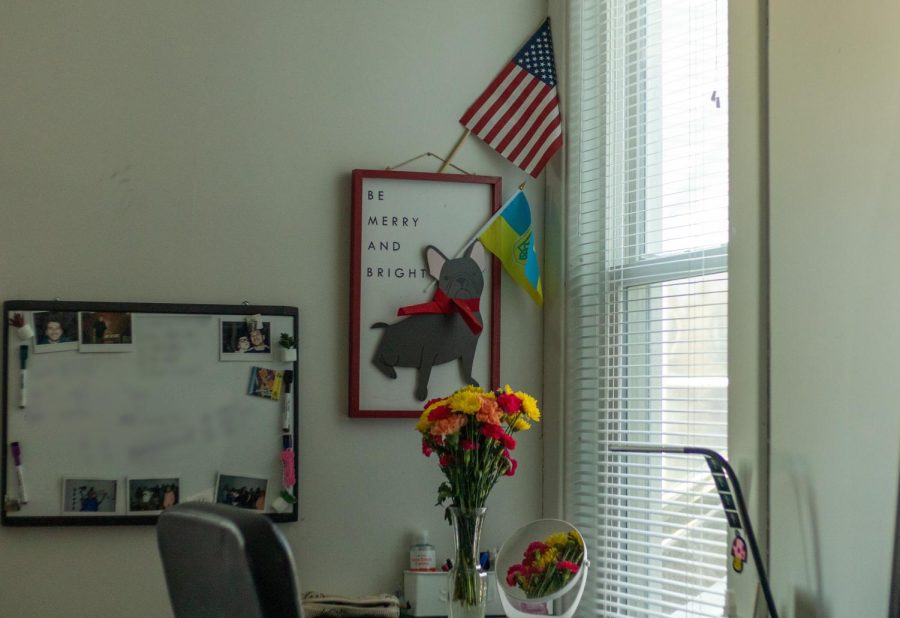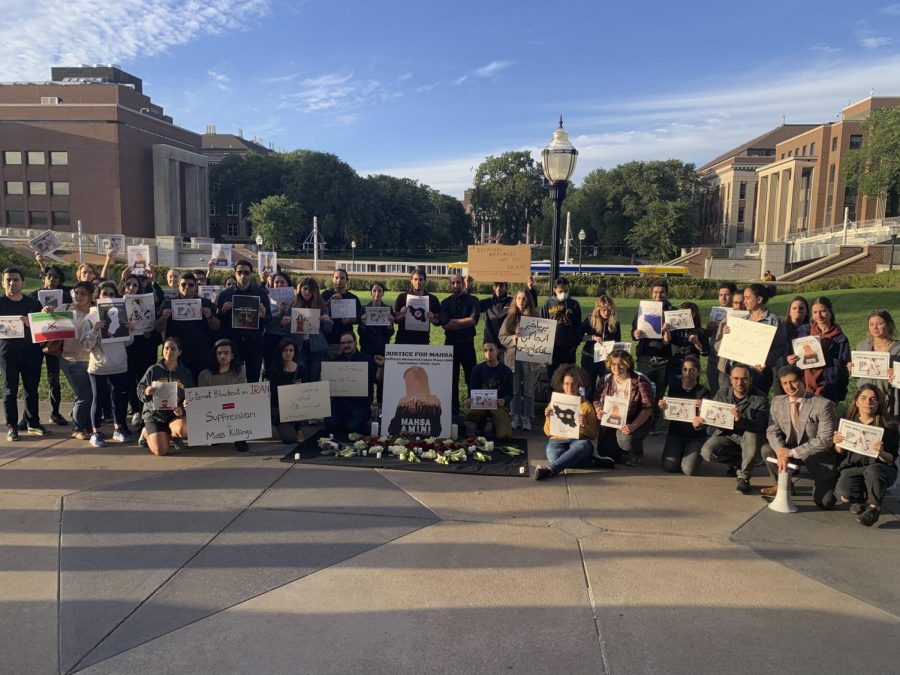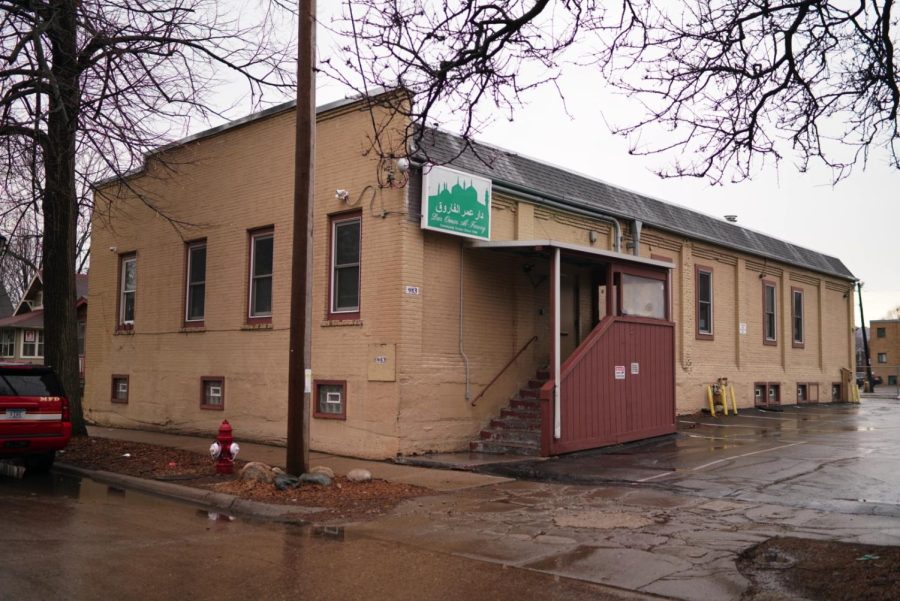LIMA, Peru (AP) âÄî A special tribunal convicted former Peruvian President Alberto Fujimori of murder and kidnapping on Tuesday and sentenced him to 25 years in prison, saying he authorized a government death squad during the Shining Path insurgency. The 70-year-old former leader, who remains popular for rescuing Peru from the brink of economic and political collapse in the early 1990s, was convicted of what the court called “crimes against humanity,” including 25 murders by a military hit squad. Presiding judge Cesar San Martin told a hushed courtroom there was no question Fujimori authorized the creation of the Colina unit, which the court said killed at least 50 people during its 15 months as the state crushed the fanatical Shining Path rebels. Fujimori, who proclaimed his innocence in a roar when the 15-month trial began, apparently anticipated a guilty verdict. He barely looked up as it was read, sitting alone taking notes during the three-hour proceedings at the Lima police base where he has been held and tried since being extradited from Chile in late 2007. His uttered only four words: “I move to nullify” before turning, smiling and waiving to the audience sitting behind him behind windows. His daughter Keiko, a 33-year-old congresswoman and potential presidential candidate, said the sentence and conviction foreordained and “full of hate and vengeance.” She said it would only strengthen her movement and called on supporters to peacefully take to the streets. “Fujimorism will continue to advance. Today we’re first in the polls and will continue to be so,” she told supporters. The lawmaker is among front-runners in opinion surveys for 2011 presidential race and has vowed to pardon her father if elected. The son of Japanese immigrants, Fujimori had faced a maximum of 30 years in prison. Outside the police base, pro- and anti-Fujimori activists fought each other with sticks, fists and rocks after the verdict was announced, with chants of “Fujimori innocent!” and “Fujimori killer!” shouted by rival bands. Some 30 relatives of victims clashed with about 500 Fujimori supporters. Riot police broke up the melee and no serious injuries were reported. Although none of the trial’s 80 witnesses directly accused Fujimori of ordering killings, kidnappings or disappearances, the court said he bore responsibility by allowing the creation of an illegal killing apparatus. The court said Fujimori’s disgraced intelligence chief and close collaborator, Vladimiro Montesinos, was directly in charge of the Colina unit. And it noted that Fujimori freed jailed Colina members with a blanket 1995 amnesty for soldiers while state security agencies engaged in a “very complete and extensive” cover-up of the group’s deeds. Fujimori has already been sentenced to six years in prison for abuse of power and still faces two corruption trials, the first set to begin in May, on charges including bribing lawmakers and paying off a TV station. Despite being the first democratically elected former president to be tried for rights violations in his own country, Fujimori remains remarkably popular and his successors have maintained his market-friendly policies. Peru had Latin America’s strongest economic growth from 2002-2008, averaging 6.7 percent. A November poll found two-thirds of Peruvians approved of his rule, though it ended in disgrace in 2000 when videotapes showed Montesinos, now serving a 20-year term for corruption and gunrunning, bribing lawmakers and businessmen. Fujimori fled to Japan, then attempted a return five years later via Chile. In its first bloody raid, the Colina group killed 15 people âÄî including an 8-year-old âÄî with silencer-equipped machine guns during a raid on a barbecue in July 1991 in the Barrios Altos district. Seven months later, in July 1992, the so-called Colina group “disappeared” nine students and a leftist professor at La Cantuta university. In both cases, the intended targets were alleged sympathizers of the Shining Path, which was killing Peruvians with nearly daily car bombings at the time but was all but extinguished after its charismatic leader, Abimael Guzman, was captured in a Lima safe house in September 1992. He is now serving a life sentence at a navy base, but some 500 Shining Path remnants remain active in Peru’s jungle, financed by the cocaine trade. Fujimori also was convicted of two 1992 kidnappings: the 10-day abduction of businessman Samuel Dyer and the one-day kidnapping of Gustavo Gorriti, a leading journalist who had criticized the president’s shuttering of the opposition-led Congress and courts. In his final appeal Friday, Fujimori cast himself as a victim of political persecution, saying the charges against him reflect a double standard. Why isn’t current President Alan Garcia also being prosecuted, he asked. It was from Garcia, who also preceded him in office, that Fujimori inherited a messy conflict that would claim 70,000 lives. Garcia denies responsibility for any human rights abuses during his 1985-90 administration âÄî and has the power to pardon Fujimori. Human rights advocates called the verdict historic. “After years of evading justice, Fujimori is finally being held to account for some of his crimes,” said Maria McFarland, senior Americas researcher at Human Rights Watch, who was in the courtroom. “The Peruvian court has shown the world that even former heads of state cannot expect to get away with serious crimes,” she said in a statement issued by her organization. In neighboring Chile, dictator Augusto Pinochet avoided trial for health reasons until his death at 91. Peruvians generally agreed with Tuesday’s verdict. A poll released Monday showed 64 percent believe he is guilty in the human rights case while 72 percent think he is guilty of corruption. The survey of 462 Lima residents by Catholic University last month has a margin of error of plus or minus 4.6 percentage points, the same as the November poll on his popularity.
Fujimori gets 25 years in Peru death squad case
The 70-year-old former leader, who remains popular for rescuing Peru from the brink of economic and political collapse in the early 1990s, was convicted of what the court called “crimes against humanity.”
Published April 7, 2009
0
More to Discover







